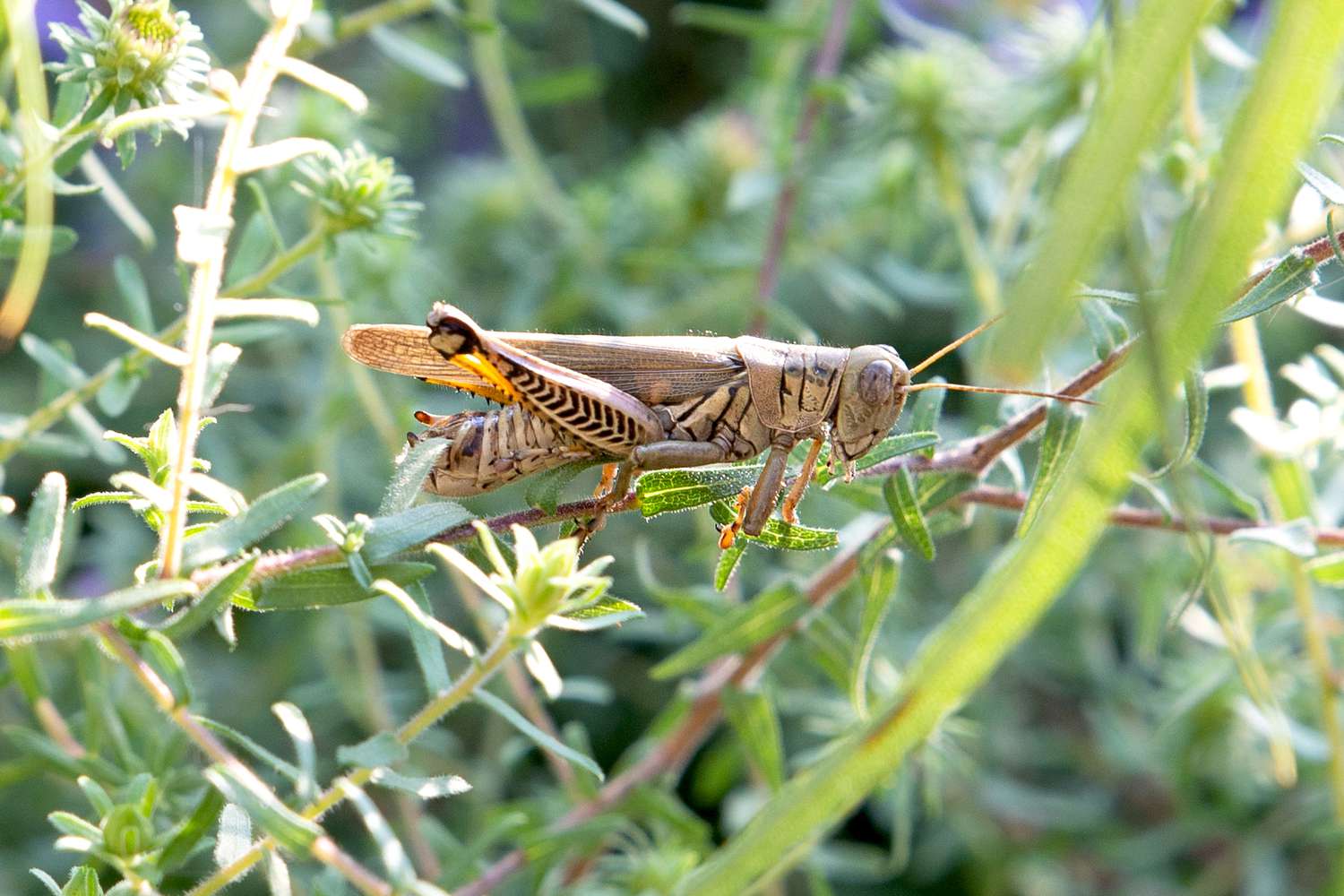

Articles
How To Get Rid Of Grasshoppers In The Garden
Modified: January 19, 2024
Looking for effective ways to control grasshoppers in your gardening? Discover tips and techniques to get rid of grasshoppers in your garden and enjoy a thriving green space.
(Many of the links in this article redirect to a specific reviewed product. Your purchase of these products through affiliate links helps to generate commission for Storables.com, at no extra cost. Learn more)
Introduction
Grasshoppers can be a pest that gardeners in both suburban and rural areas have to deal with. These voracious insects have a keen appetite for foliage and plants, and if left unchecked, they can quickly devour a garden. While chemical pesticides may come to mind as a solution, there are more environmentally-friendly and natural methods to control the grasshopper population and protect your garden.
In this article, we will explore effective strategies to get rid of grasshoppers in your garden. From understanding grasshopper behavior to implementing natural prevention and control methods, we will provide you with the knowledge and tools necessary to protect your beloved plants from these hungry intruders.
Before diving into the solutions, let’s take a closer look at the biology and behavior of grasshoppers.
Key Takeaways:
- Embrace natural prevention and control methods like physical barriers, companion planting, and attracting predators to effectively manage grasshopper populations in your garden while maintaining a healthy ecosystem.
- Prioritize natural and organic methods over chemical control options to minimize harm to beneficial insects and promote long-term sustainability in your garden.
Read more: How To Get Rid Of Grasshoppers
Understanding Grasshoppers
Grasshoppers belong to the Orthoptera order and are closely related to crickets and locusts. They are characterized by their long hind legs, which enable them to hop and jump long distances. Grasshoppers have chewing mouthparts and feed primarily on plant matter, including leaves, stems, and flowers.
These insects go through a life cycle consisting of several stages: egg, nymph, and adult. Female grasshoppers lay their eggs in the soil, usually in late summer or early fall. The eggs then overwinter and hatch in the spring, giving rise to the nymphs. Nymphs resemble small, wingless versions of adult grasshoppers and go through several molts before reaching adulthood.
Grasshoppers are known for their ability to reproduce rapidly, with females laying hundreds of eggs during their lifetime. This high reproductive capacity can lead to population explosions if the conditions are favorable.
Grasshoppers are typically active during the warm months, with peak activity occurring in mid-summer. They are more active during the day, especially in warm and sunny weather. They consume large quantities of vegetation and can quickly decimate a garden if left unchecked.
Now that we have a better understanding of grasshopper biology and behavior, let’s move on to identifying the signs of grasshopper damage in your garden.
Signs of Grasshopper Damage
Grasshoppers can cause significant damage to plants and can quickly turn a lush garden into a feast for their appetites. To effectively combat grasshoppers, it is essential to first identify the signs of their presence and the damage they can cause.
1. Defoliation: Grasshoppers are voracious feeders and can strip plants of their leaves and foliage. If you notice plants that have been entirely or partially defoliated, it is a clear indication of grasshopper activity.
2. Irregular Nibbling: Unlike some other pests that leave distinct chewing patterns, grasshoppers tend to leave irregular feeding marks on plants. Their chewing can result in ragged edges or holes in leaves.
3. Seedling Destruction: Grasshoppers have a particular fondness for tender young plants and seedlings. They can devour these delicate plants before they even have a chance to grow, hindering the growth and productivity of your garden.
4. Shredded Flowers: Flowering plants are not exempt from grasshopper feeding. They can munch on petals and destroy the aesthetics of your garden blooms.
When inspecting your garden for grasshopper damage, keep an eye out for their presence as well. Grasshoppers are relatively large insects with distinct physical characteristics. They have long hind legs for hopping, large eyes, and wings. Their color can vary from brown to green, allowing them to blend in with their surroundings.
By being aware of the signs of grasshopper damage, you can take prompt action to protect your plants and prevent further destruction. Now, let’s explore natural prevention and control methods to effectively manage the grasshopper population in your garden.
Natural Prevention and Control Methods
When it comes to dealing with grasshoppers in your garden, taking a natural and holistic approach is not only environmentally friendly but also more sustainable in the long run. By implementing the following prevention and control methods, you can effectively manage the grasshopper population without relying on harmful chemical pesticides.
- Create Physical Barriers: Installing physical barriers can be an effective way to keep grasshoppers out of your garden. Use materials like fine mesh netting or floating row covers to cover vulnerable plants or entire garden beds. This prevents grasshoppers from accessing the plants and minimizes the damage they can cause.
- Use Companion Plants as Deterrents: Certain plants have natural properties that repel grasshoppers. Intercropping your garden with plants like marigolds, cilantro, and calendula can deter grasshoppers from feeding on nearby crops. Additionally, planting aromatic herbs like mint, basil, or rosemary can confuse and discourage grasshoppers from approaching.
- Introduce Predators and Parasites: Encouraging natural predators and parasites of grasshoppers can help control their population. Birds, spiders, lizards, frogs, and certain insect species such as spined soldier bugs and praying mantises feed on grasshoppers. By creating a garden that attracts these beneficial creatures, you can establish a natural balance and keep grasshoppers in check.
- Implement Cultural Control Methods: Practices such as handpicking can be effective in managing a small grasshopper population. Regularly inspect your plants and manually remove grasshoppers when you spot them. Another cultural method is tilling the soil in late fall or early spring to disturb the eggs and disrupt their life cycle.
- Employ Organic Insecticides: While chemical insecticides should be a last resort, there are organic alternatives available that can help control grasshoppers. Neem oil, insecticidal soaps, and diatomaceous earth are examples of organic insecticides that can be used selectively and sparingly to target grasshoppers. Always follow the instructions and guidelines on the product labels.
By combining these natural prevention and control methods, you can significantly reduce the grasshopper population in your garden and protect your precious plants from further damage. However, in some cases, additional measures may be required. Let’s explore the chemical control options available for more severe grasshopper infestations.
Create Physical Barriers
Creating physical barriers is an effective method to protect your plants from grasshopper damage. By using barriers, you can create a physical deterrent that prevents grasshoppers from reaching your garden plants. Here are a few options for creating physical barriers:
- Fine Mesh Netting: Covering your plants with fine mesh netting can be a simple yet effective way to keep grasshoppers at bay. The mesh should be small enough to prevent grasshoppers from squeezing through and reaching the plants. Secure the netting tightly over the plants, ensuring that there are no gaps for the insects to access.
- Floating Row Covers: Floating row covers are lightweight fabric covers that are placed over garden rows or individual plants. These covers allow sunlight, water, and air to pass through while creating a barrier against pests like grasshoppers. Make sure the covers are tightly secured to the ground or supported with hoops to prevent grasshoppers from getting underneath.
- Cage or Enclosure: Another option is to create a physical cage or enclosure around your garden bed. This can be done using chicken wire, fencing, or any other material that provides a sturdy barrier. Ensure that the enclosure is tall enough to prevent grasshoppers from hopping over. It’s important to leave enough space for airflow and easy access for watering and maintenance.
When using physical barriers, it is essential to regularly monitor and inspect the barriers for any damage or gaps that grasshoppers can exploit. Repair any tears or openings promptly to maintain the effectiveness of the barriers.
Physical barriers should be installed before grasshopper activity becomes severe. Time the installation based on the lifecycle of grasshoppers in your region. Installing barriers early, such as in early spring or when plants are first established, can help prevent grasshopper damage throughout the growing season.
While creating physical barriers is effective, it’s important to note that these methods may also hinder beneficial insects or natural predators from entering your garden. Therefore, it’s crucial to strike a balance between protection and maintaining a healthy ecosystem in your garden.
Now that you understand the importance of physical barriers, let’s explore another natural prevention method: using companion plants to deter grasshoppers.
Read more: How To Get Rid Of Mushrooms In The Garden
Use Companion Plants as Deterrents
Companion planting involves growing certain plants together to benefit and protect each other. It has been used for centuries as a natural gardening technique to deter pests and improve overall plant health. By strategically planting companion plants, you can discourage grasshoppers from feasting on your garden crops. Here are some companion plants that act as natural deterrents against grasshoppers:
- Marigolds: Marigolds have a strong scent that repels grasshoppers and many other pests. Plant marigolds around the perimeter of your garden or throughout the garden beds to create a barrier and deter grasshoppers from entering. French marigolds, in particular, are known to be effective in repelling insects.
- Cilantro: Cilantro is not only a flavorful herb but also acts as a natural repellent for grasshoppers. Plant cilantro near vulnerable plants to keep grasshoppers at bay. Additionally, cilantro attracts beneficial insects like ladybugs and lacewings, which feed on grasshopper eggs and nymphs.
- Calendula: Calendula, also known as pot marigold, emits a scent that repels grasshoppers. The bright, vibrant flowers of calendula can add beauty to your garden while serving as a natural deterrent. Plant calendula near susceptible plants or as border plants to deter grasshoppers from entering your garden.
- Nasturtiums: Nasturtiums not only add color to your garden but also have a pungent aroma that grasshoppers dislike. Plant nasturtiums as a border around your garden or interplant them with susceptible crops. They can act as sacrificial plants, diverting the attention of grasshoppers away from your more valuable plants.
- Lavender: Lavender is known for its calming fragrance, but it is also a natural repellent for grasshoppers. Plant lavender near plants that are commonly targeted by grasshoppers. The scent of lavender may help deter grasshoppers and protect your garden crops.
Incorporating companion plants into your garden not only helps repel grasshoppers but also attracts beneficial insects that prey on grasshoppers and other garden pests. By creating a diverse and companion-rich garden, you can establish a natural balance that discourages pests and promotes a healthy ecosystem.
Remember to plan and plant your companion plants strategically, considering the specific needs and growing requirements of each plant. By using companion plants effectively, you can create a garden environment that is less attractive to grasshoppers and more resilient against their damage.
Next, let’s explore the use of predators and parasites to naturally control the grasshopper population in your garden.
One effective way to get rid of grasshoppers in the garden is to introduce natural predators such as birds, frogs, and praying mantises. These predators can help keep the grasshopper population in check.
Introduce Predators and Parasites
Introducing natural predators and parasites of grasshoppers into your garden can be an effective and environmentally-friendly method of controlling their population. These natural enemies help keep the grasshopper population in check by feeding on them or their eggs. Here are some beneficial organisms you can attract to your garden:
- Birds: Birds such as sparrows, finches, and wrens feed on grasshoppers and can help control their numbers. Encourage bird activity in your garden by providing nesting boxes, bird feeders, and bird baths. Planting trees and shrubs that offer cover and habitat is also beneficial.
- Lizards and Frogs: Lizards and frogs are natural predators of grasshoppers and other insects. Creating a welcoming habitat with rocks, logs, and water features can attract these beneficial creatures to your garden. Reduce or eliminate the use of chemical insecticides, as they can harm lizard and frog populations.
- Insects: Several insect species are natural predators or parasites of grasshoppers. Spined soldier bugs, praying mantises, and certain species of wasps and flies feed on grasshoppers or their eggs. Planting diverse flowers and herbs will attract these beneficial insects, creating a healthy ecosystem that naturally regulates the grasshopper population.
If you have a severe grasshopper problem, you can also consider purchasing and releasing beneficial insects or their eggs into your garden. Ladybugs and lacewings are commercially available and can provide effective grasshopper control when released in sufficient numbers.
It’s important to note that introducing predators and parasites may take time to establish a balance, as the populations of these organisms will naturally grow and fluctuate. Patience and commitment to creating a favorable environment for these beneficial organisms are key to achieving long-term grasshopper control.
By promoting a diverse and wildlife-friendly garden, you can attract natural predators and parasites that will help keep the grasshopper population in check. This natural approach not only targets the source of the problem but also maintains a balanced and healthy ecosystem in your garden.
Now, let’s explore another cultural control method that can be effective in managing grasshoppers: implementing appropriate gardening practices.
Implement Cultural Control Methods
Cultural control methods involve implementing specific gardening practices that can help manage grasshopper populations. By modifying your garden environment and adopting certain techniques, you can create conditions that are less favorable for grasshoppers. Here are some cultural control methods to consider:
- Keep Your Garden Clean: Remove any garden debris, such as plant litter, weeds, and fallen leaves, as they can provide hiding spots and breeding grounds for grasshoppers. Regularly clean and maintain your garden to reduce the favorable conditions that attract grasshoppers.
- Rotate Crops: Practice crop rotation each growing season. By changing the location of your crops, you disrupt the grasshoppers’ feeding patterns and make it harder for them to locate their preferred plants. This can help reduce the impact of grasshopper damage.
- Till the Soil: Before planting in the spring, till the soil to a depth of 4 to 6 inches. This helps expose any overwintering grasshopper eggs to the environment, making them more susceptible to predators, weather conditions, and other factors that can reduce their viability.
- Mulch: Apply a layer of organic mulch around your garden plants. Mulch helps to conserve moisture, suppress weeds, and create a barrier that can deter grasshoppers from reaching the plants. Opt for a mulch material that grasshoppers are less likely to feed on, such as straw or wood chips.
- Practice Companion Planting: As mentioned earlier, companion planting can be beneficial not only for deterrence but also for cultural control. By interplanting susceptible crops with plants that repel grasshoppers, you disrupt their feeding patterns and make it harder for them to locate their favorite plants.
By implementing these cultural control methods, you can create an environment that is less hospitable to grasshoppers. These practices work in conjunction with other prevention and control methods to provide a comprehensive approach to grasshopper management.
Remember that consistency and ongoing maintenance are key. Incorporate these cultural control methods into your gardening routine to ensure long-term success in managing grasshopper populations and protecting your plants.
Now that we have covered cultural control methods, let’s explore the option of using organic insecticides as a last resort for severe grasshopper infestations.
Employ Organic Insecticides
While organic insecticides should be used as a last resort, they can be effective in controlling severe grasshopper infestations. Organic insecticides are derived from natural sources and pose less harm to the environment and beneficial insects compared to chemical pesticides. Here are some organic insecticides you can consider:
- Neem Oil: Neem oil is a popular organic insecticide that works by disrupting the feeding and reproductive activity of grasshoppers. It acts as a natural insect growth regulator and repels grasshoppers from treated plants. Dilute neem oil according to the instructions and apply it to the foliage of affected plants.
- Insecticidal Soaps: Insecticidal soaps are made from fatty acids that target soft-bodied insects like grasshoppers. These soaps work by suffocating the insects upon contact. Apply insecticidal soap to the plants, focusing on the areas where grasshoppers are present. It is important to thoroughly cover the insects to ensure effectiveness.
- Diatomaceous Earth: Diatomaceous earth is a natural substance made from the fossilized remains of tiny aquatic organisms. It works by penetrating the exoskeleton of grasshoppers and causing dehydration, eventually leading to their demise. Sprinkle a thin, even layer of diatomaceous earth around the base of affected plants or directly on the grasshoppers to control their population.
When using organic insecticides, follow the instructions on the product label carefully. Take precautions to protect yourself by wearing gloves, long sleeves, and eye protection. Avoid applying these insecticides when beneficial insects are actively present. Use them selectively on affected plants rather than applying them throughout the entire garden.
It’s important to note that while organic insecticides can be effective, they should be used sparingly and as a last resort. The goal is to minimize harm to beneficial insects and maintain a healthy garden ecosystem. Always strive to explore and exhaust natural prevention and control methods before resorting to organic insecticides.
Now that we have covered various natural methods to control grasshoppers in the garden, let’s briefly explore chemical control options for more severe infestations.
Read more: How To Get Rid Of Garden Grubs
Chemical Control Options
While it is recommended to prioritize natural and organic methods for controlling grasshoppers in the garden, there may be instances where more severe infestations require the use of chemical control options. When considering chemical pesticides, it is crucial to choose products that are specifically labeled for grasshopper control and follow the instructions carefully. Here are some chemical control options to consider:
- Insecticides: Synthetic insecticides containing active ingredients such as carbaryl or malathion can effectively kill grasshoppers. These insecticides should be used as a last resort and applied according to the instructions on the product label. It is important to exercise caution when using chemical insecticides as they can have detrimental effects on beneficial insects and the environment.
- Residual Barriers: Residual insecticides can be used to create a protective barrier around the perimeter of the garden or individual plants. These barriers can deter grasshoppers from entering or repel them upon contact. However, it is important to choose products that are safe for plants and follow the application guidelines closely to avoid unnecessary harm to non-target organisms.
- Professional Assistance: If the grasshopper infestation in your garden is severe and other control methods have proven ineffective, it may be necessary to seek professional assistance. Pest control experts have access to a wider range of chemical control options and can provide targeted treatments based on the specific situation. However, it is important to communicate your preference for environmentally-friendly options and any concerns you have about the use of chemical pesticides.
When considering chemical control options, it is essential to adopt a responsible and knowledgeable approach. Be mindful of the potential impact on beneficial insects, humans, and the environment. Consider implementing integrated pest management practices, which involve a combination of cultural, biological, and chemical control methods to minimize harm and optimize effectiveness.
Always prioritize the use of natural and organic control methods whenever possible, as they promote a healthier and more sustainable gardening environment.
Now, let’s summarize the key points covered in this article.
Conclusion
Dealing with grasshoppers in the garden can be a challenging task for any gardener. However, by understanding their behavior and implementing natural prevention and control methods, you can effectively manage their population and protect your plants.
We explored various methods to combat grasshoppers in the garden, starting with the importance of understanding their biology and identifying signs of their damage. We then discussed the use of physical barriers, such as fine mesh netting and floating row covers, to keep grasshoppers at bay.
Companion planting with plants like marigolds, cilantro, and lavender can act as natural deterrents, while attracting predators and parasites like birds, lizards, and beneficial insects creates a healthy ecosystem that keeps grasshopper populations in check.
Implementing cultural control methods, such as maintaining garden cleanliness, crop rotation, and mulching, can create conditions that are less attractive to grasshoppers. If all else fails, organic insecticides like neem oil and insecticidal soaps can provide targeted control, while chemical control options can be considered as a last resort.
Remember, it’s essential to strike a balance between effective grasshopper control and maintaining a healthy garden ecosystem. Prioritize natural and organic methods whenever possible, as they minimize harm to beneficial insects and promote long-term sustainability.
By combining these strategies and adapting them to your specific garden conditions, you can significantly reduce the impact of grasshoppers and enjoy a thriving and fruitful garden. Stay vigilant, regularly monitor your plants, and take prompt action to protect them from grasshopper damage.
With perseverance and a proactive approach, you can successfully manage grasshoppers in your garden and create a harmonious space where plants and beneficial insects can thrive together.
Happy gardening!
Frequently Asked Questions about How To Get Rid Of Grasshoppers In The Garden
Was this page helpful?
At Storables.com, we guarantee accurate and reliable information. Our content, validated by Expert Board Contributors, is crafted following stringent Editorial Policies. We're committed to providing you with well-researched, expert-backed insights for all your informational needs.

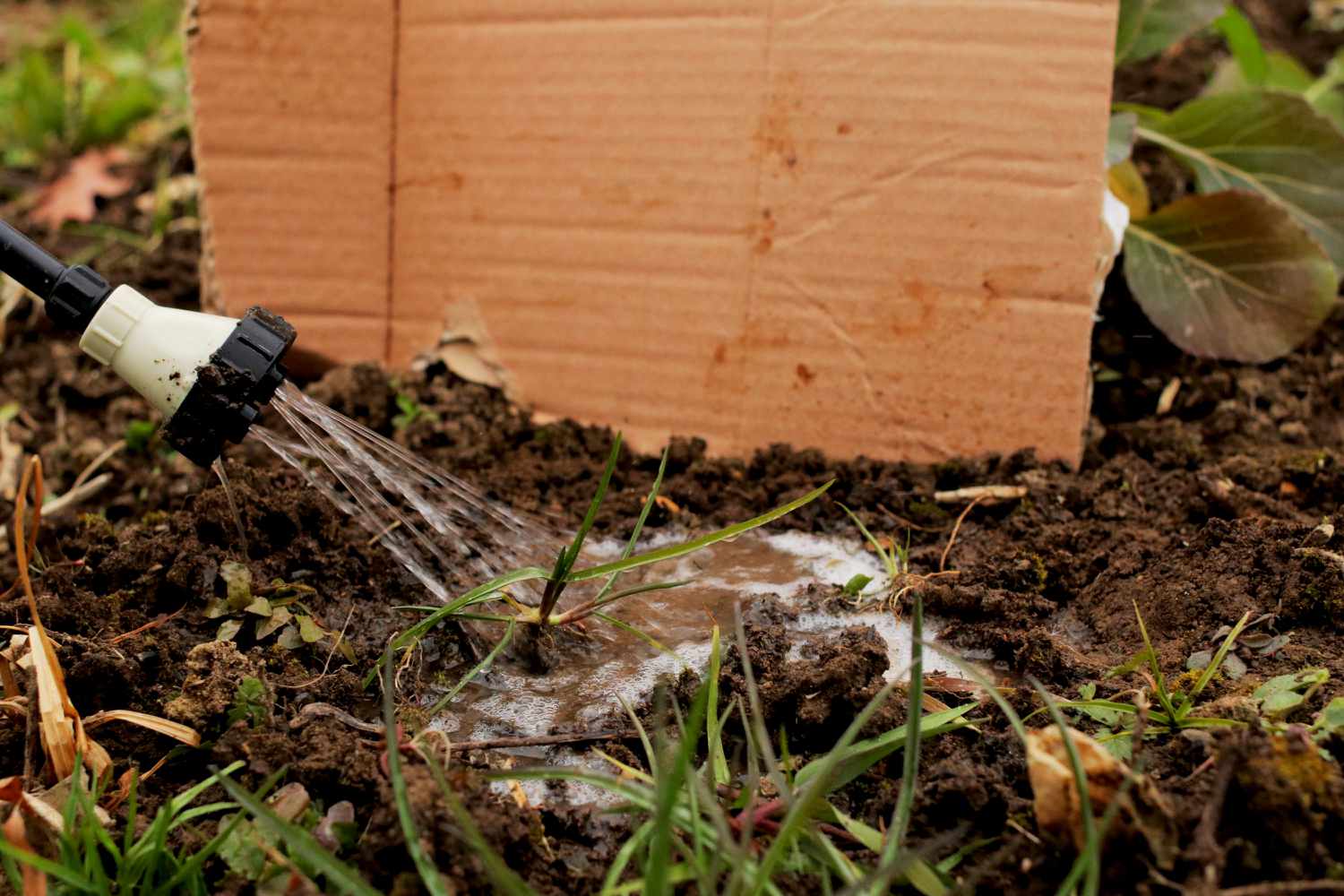
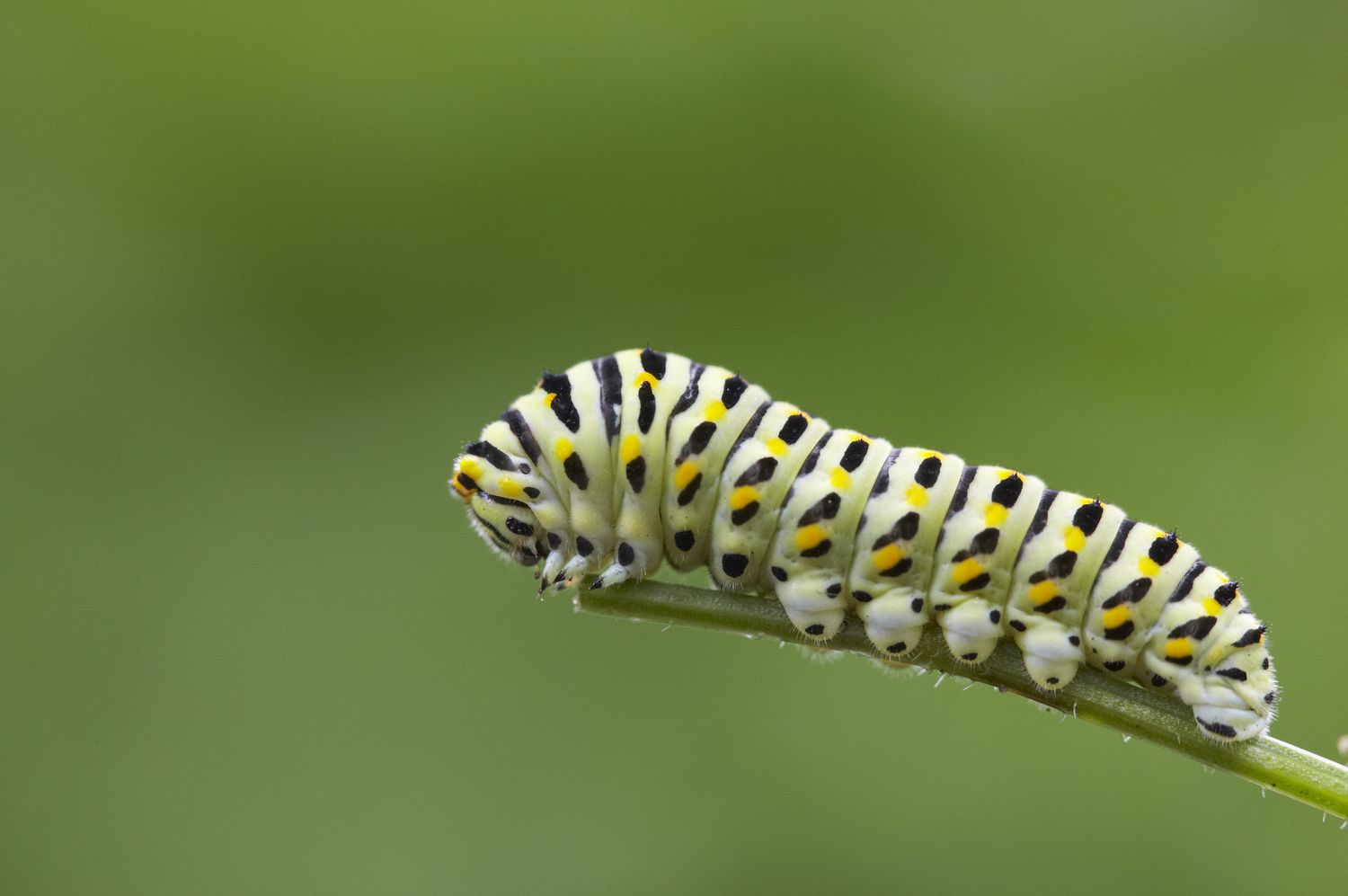
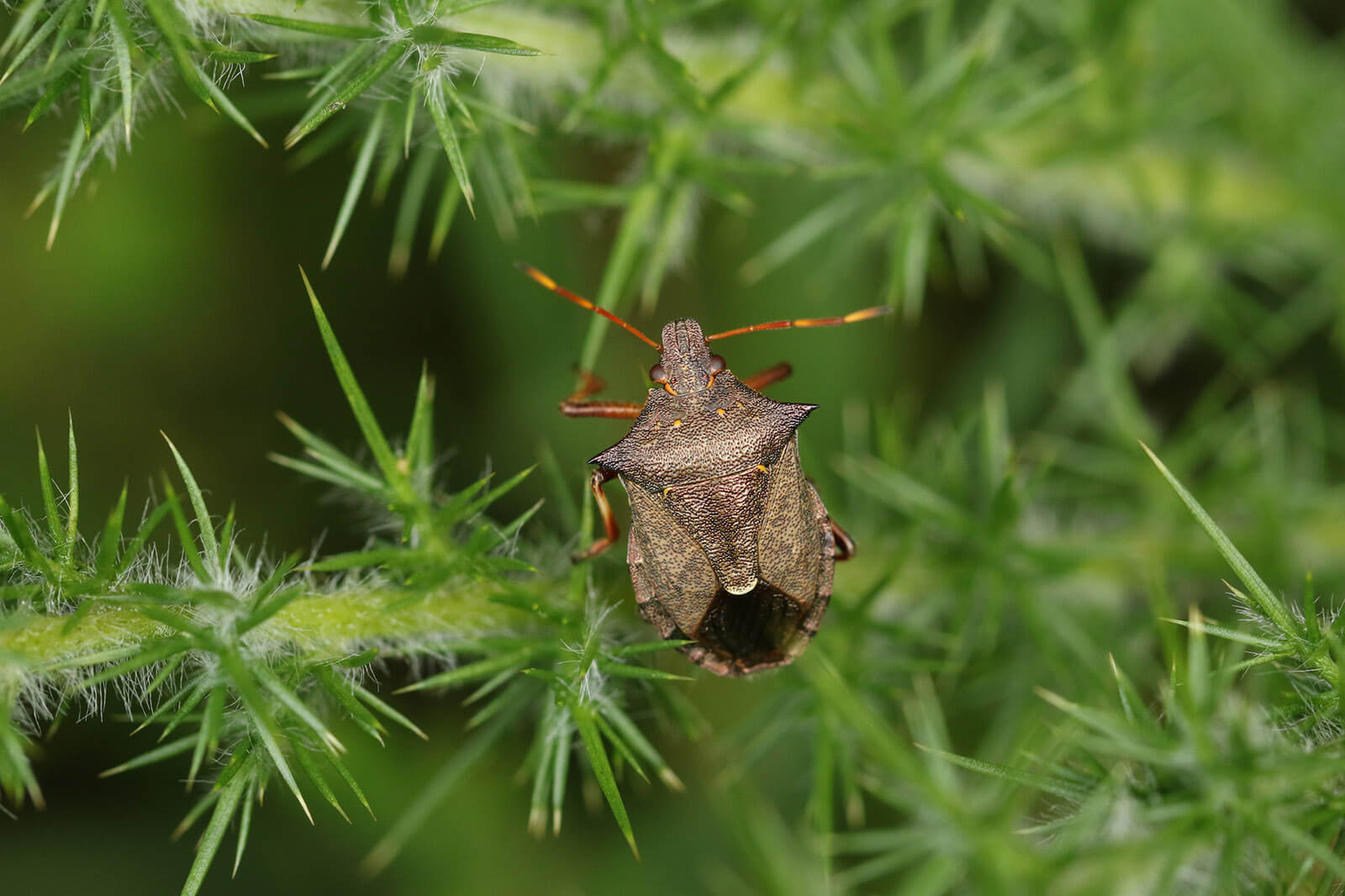




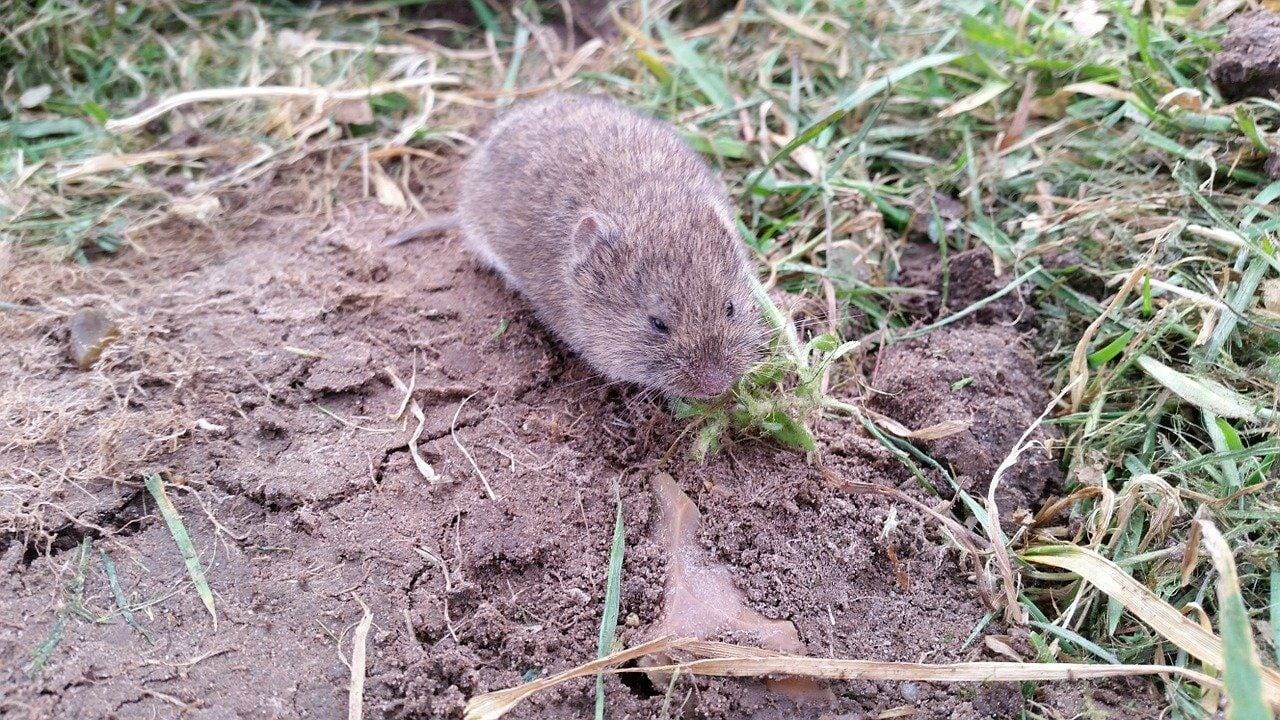

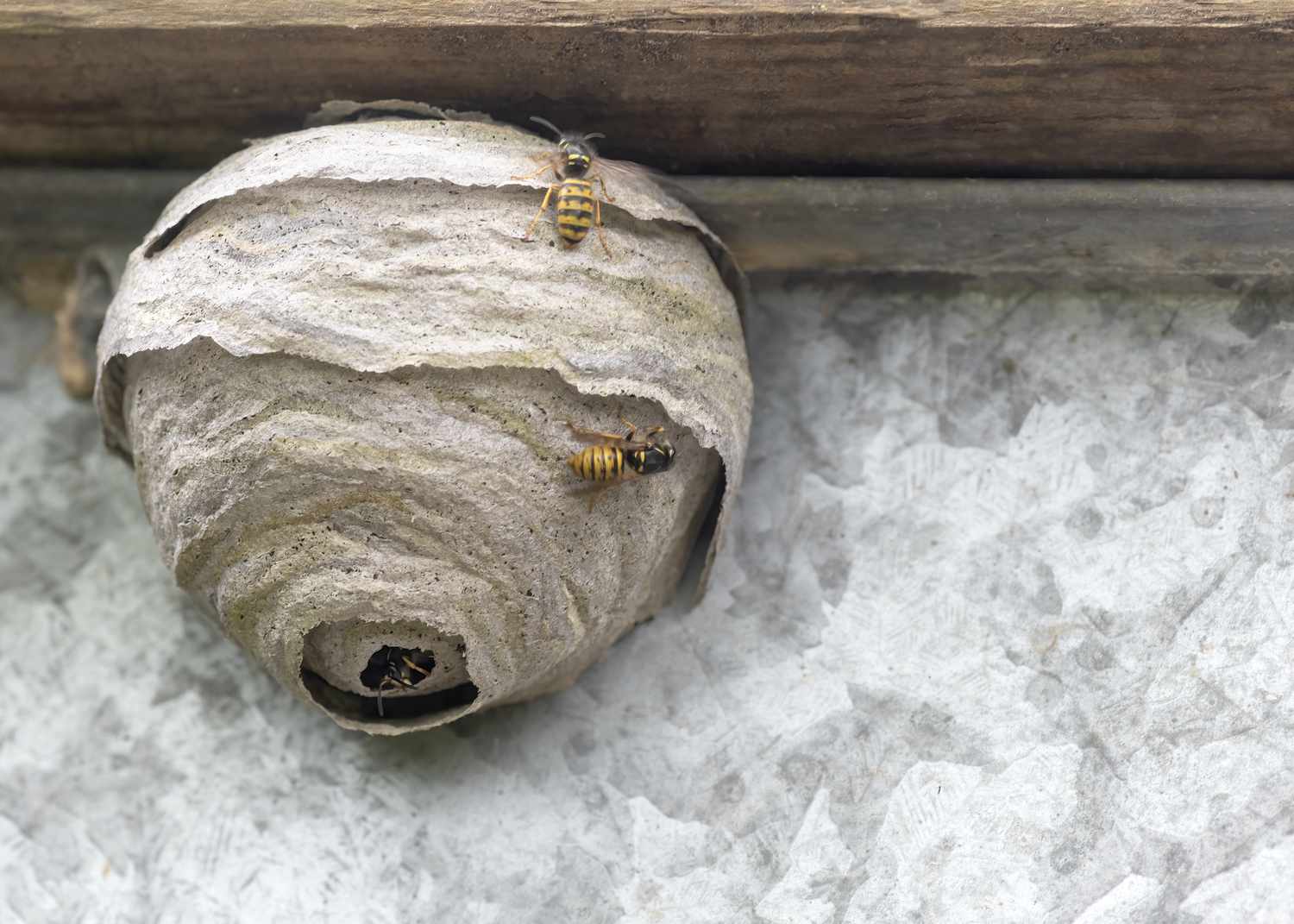
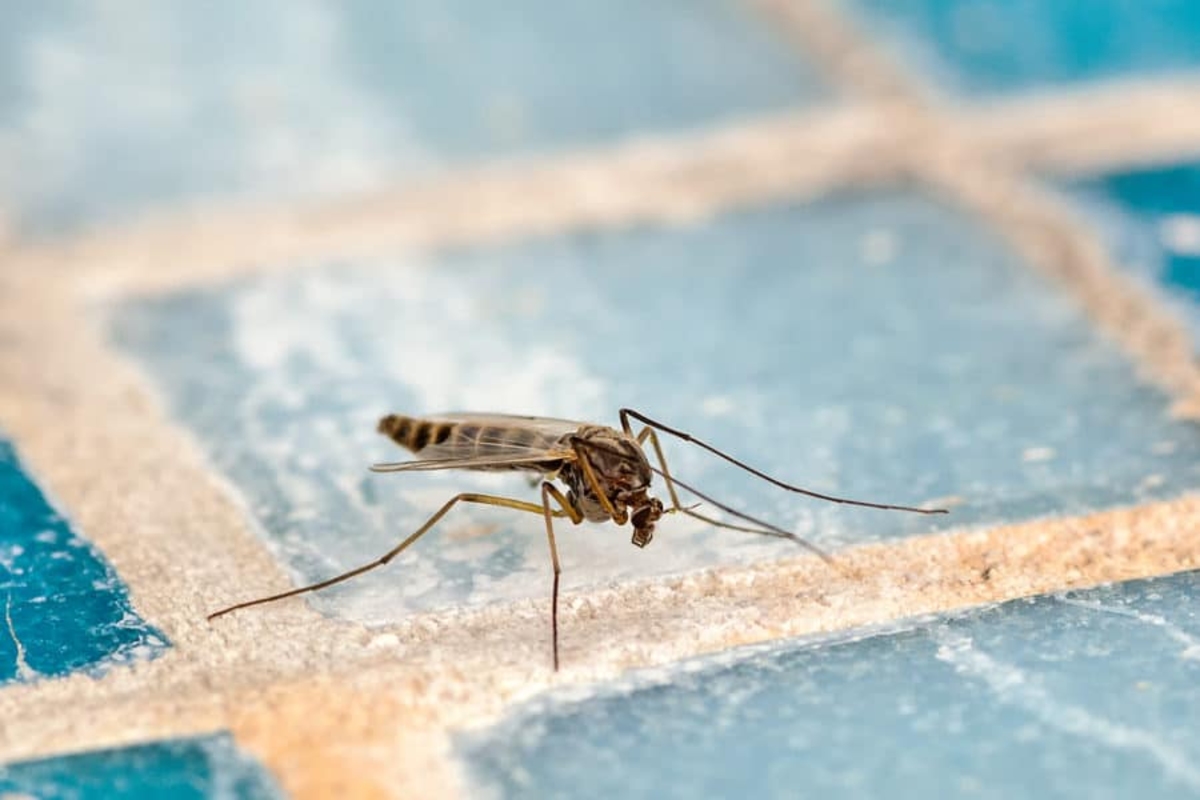
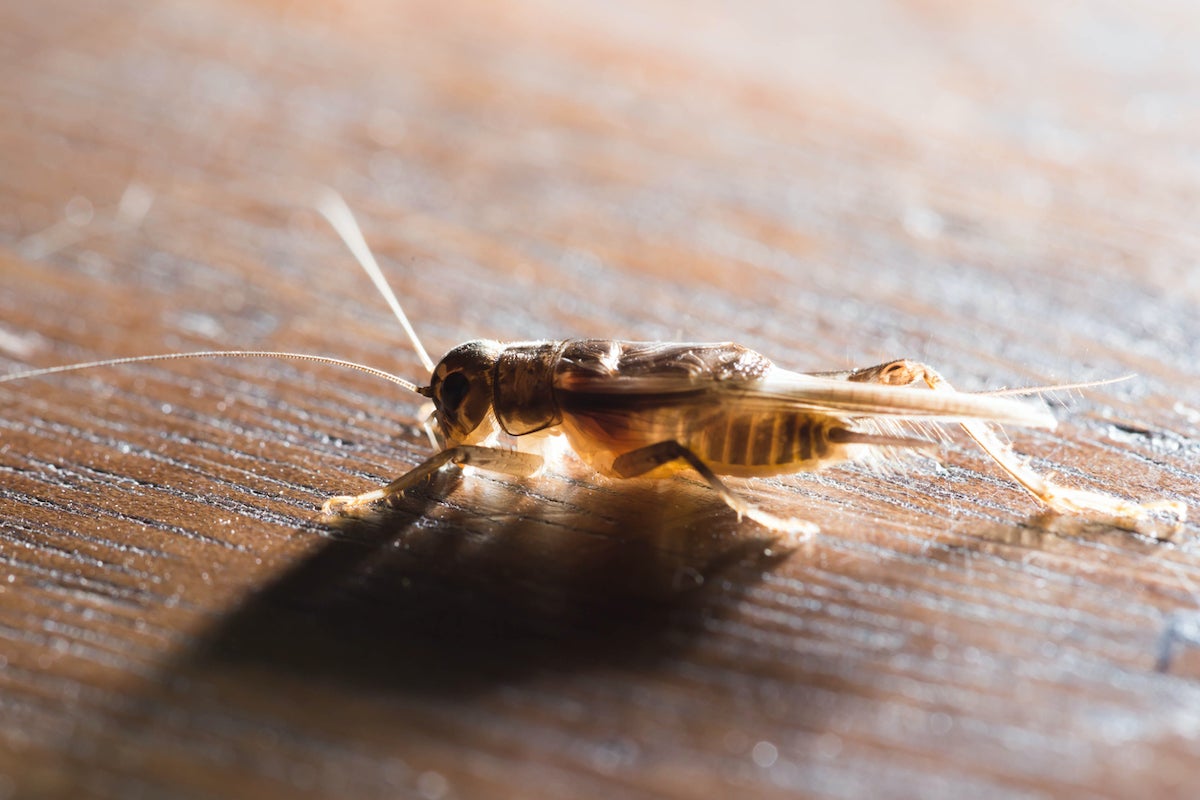

0 thoughts on “How To Get Rid Of Grasshoppers In The Garden”